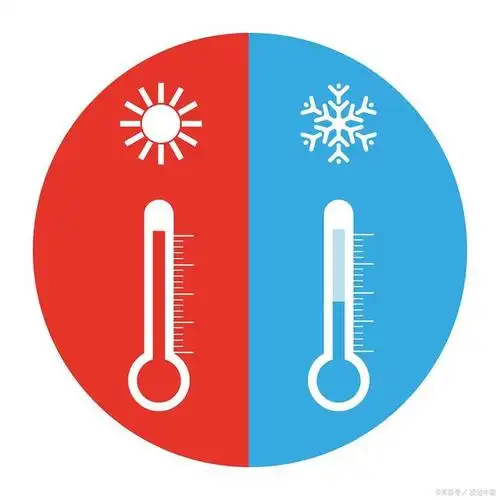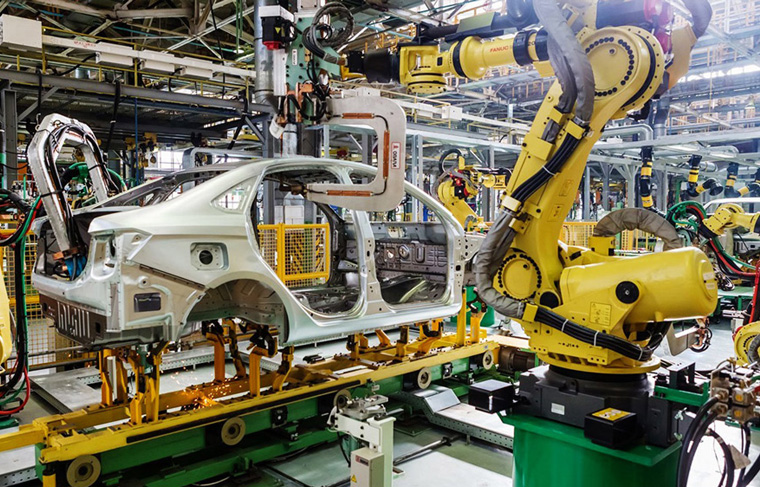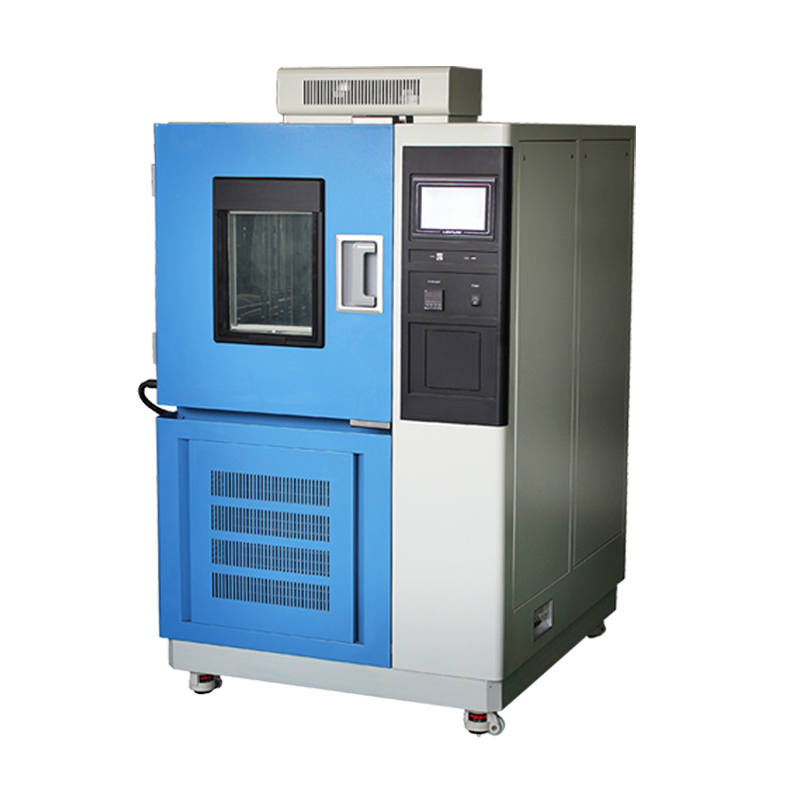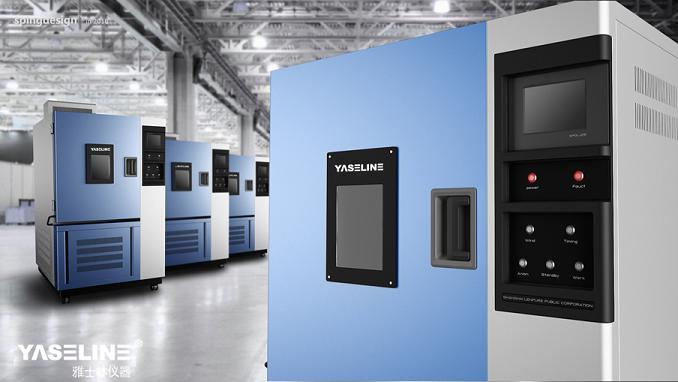High-low temperature test chambers (also known as environmental test chambers or thermal cycling chambers) are essential tools in industries such as aerospace, automotive, electronics, pharmaceuticals, and materials science. These chambers simulate extreme temperature conditions to evaluate product reliability, durability, and performance.
A critical yet often overlooked requirement for newly installed chambers is the mandatory settling period before initial power-up. Manufacturers universally recommend allowing the unit to rest—typically 24 to 48 hours—before operation. This article explores the scientific and engineering reasons behind this requirement, ensuring users maximize equipment longevity, accuracy, and safety.
1. Stabilization of Refrigerant and Lubricants
1.1 Refrigerant Migration During Transportation
Modern temperature chambers utilize compressor-based refrigeration systems, which contain refrigerants (e.g., R404A, R134a) and lubricating oils. During transportation, vibrations and tilting can cause refrigerant and oil to mix unevenly or accumulate in unintended areas of the system.
- Potential Risks:
- Compressor Damage: If refrigerant floods the compressor at startup, hydraulic shock (liquid slugging) can occur, leading to mechanical failure.
- Oil Starvation: Insufficient lubrication due to improper oil distribution increases wear on moving parts.

1.2 The Need for Re-Stabilization
Allowing the chamber to settle ensures:
- Refrigerant and oil naturally separate and return to their optimal positions.
- The compressor avoids sudden pressure imbalances during startup.
Industry Standard: Most manufacturers (e.g., ESPEC, Thermotron, Weiss Technik) require ≥24 hours settling time post-delivery.
2. Thermal Expansion and Mechanical Stress Relief
2.1 Structural Settling After Movement
Temperature chambers consist of insulated walls, heating elements, refrigeration coils, and sensors, all assembled under precise factory conditions. Transport vibrations can slightly shift internal components.
- Critical Components Affected:
- Evaporator/Condenser Coils: Misalignment reduces heat exchange efficiency.
- Thermal Sensors: Displacement leads to inaccurate temperature readings.
2.2 Preventing Thermal Shock
Sudden power-on without settling risks:
- Uneven thermal expansion of metals (e.g., copper tubing vs. steel casing).
- Micro-cracks in welded joints due to rapid temperature changes.
Best Practice: A settling period allows components to naturally realign before thermal cycling begins.

3. Moisture and Condensation Management
3.1 Humidity Absorption During Transit
Even in well-sealed chambers, temperature fluctuations during shipping can cause moisture ingress into insulation materials (e.g., polyurethane foam).
- Consequences of Moisture:
- Reduced insulation efficiency → Higher energy consumption.
- Corrosion risk for electrical contacts and sensors.
3.2 Avoiding Frost Formation in Refrigeration Lines
If moisture enters the refrigeration circuit:
- Ice blockage can form at expansion valves, restricting refrigerant flow.
- Compressor overheating due to insufficient cooling.
Solution: Settling lets trapped moisture dissipate naturally before operation.
4. Electrical System Stabilization
4.1 Capacitor and PCB Conditioning
Power electronics (e.g., inverters, relays, controllers) contain capacitors that may experience dielectric stress from shipping vibrations.
- Sudden Power-On Risks:
- Inrush current spikes damaging sensitive circuits.
- False error codes due to unstable voltage readings.
4.2 Grounding and EMI Considerations
After relocation:
- Ground connections must stabilize to prevent electrical noise.
- EMI shielding effectiveness may temporarily degrade.
Recommendation: A 24-hour wait ensures stable electrical performance.

5. Calibration and Sensor Accuracy
5.1 Impact of Mechanical Stress on Sensors
PT100 sensors and thermocouples are precision instruments. Vibration-induced strain can alter their resistance characteristics.
- Calibration Drift:
- False high/low temperature readings.
- Non-uniform chamber temperatures.
5.2 Factory Calibration vs. Post-Shipment Reality
Manufacturers calibrate chambers under controlled conditions. Shipping-induced shifts necessitate:
- Natural re-stabilization of sensor mounts.
- Confirmation of readings before critical tests.
Verification Step: After settling, perform a baseline calibration check.
Conclusion: Protecting Your Investment
The 24–48-hour settling rule is not arbitrary—it is rooted in thermodynamics, mechanical engineering, and electrical safety principles. Ignoring it risks:
✔ Premature compressor failure (~5,000–15,000 replacement cost).
✔ Invalid test data due to temperature inaccuracies.
✔ Voided warranties (most manufacturers mandate settling compliance).

Best Practices for New Chamber Installation:
- Inspect for shipping damage before uncrating.
- Level the chamber using adjustable feet (prevents refrigerant pooling).
- Allow ≥24 hours settling in the final installation environment.
- Perform a dry run (ambient → mild temperature cycle) before full-range testing.
By adhering to these guidelines, users ensure optimal performance, extended lifespan, and reliable test results—key factors in maintaining compliance with MIL-STD, IEC, ASTM, and ISO standards.
A temperature chamber is a high-precision instrument, not just a "heating/cooling box." Treating it with proper care from day one maximizes ROI and prevents costly downtime.












